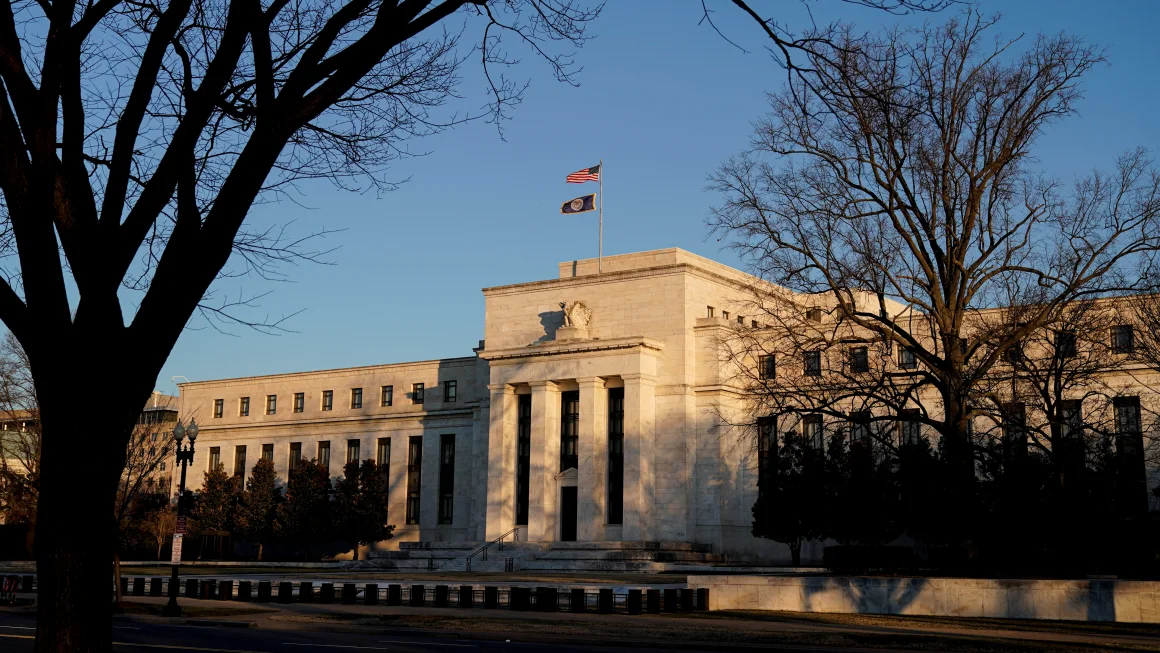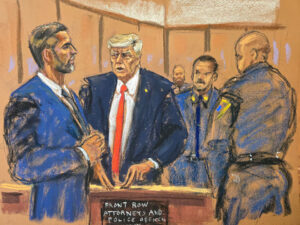The Federal Reserve’s next move on interest rates is the subject of widespread speculation and uncertainty. As Fed officials gather this week to set policy, the financial community remains divided, with some forecasting a rate cut as early as July and others predicting a hike. This article delves into the complexities of predicting Federal Reserve actions and the implications for the broader economy.
The Federal Reserve’s Deliberation: An Ongoing Puzzle
This week marks another crucial meeting for the Federal Reserve, with expectations set on maintaining the current interest rates. Liz Ann Sonders of Charles Schwab emphasized the randomness in current predictions, noting, “Right now, everybody seems to be just throwing a dart and saying when they think they’re going to start cutting rates.” The lack of consensus is evident as major institutions like JPMorgan, Goldman Sachs, and Wells Fargo place their bets on different months for the initial rate cut, adding to the market’s suspense.
Market Reactions and Predictive Challenges
The futures market indicates a closely contested expectation, slightly leaning towards a September rate cut. However, the recent economic indicators have complicated the narrative. “There needs to be this analysis on what conditions will occur between now and whenever they start cutting,” said Sonders, reflecting the high degree of uncertainty accompanying economic forecasts. This uncertainty has only deepened with the recent inflation-reduction stagnation, challenging earlier optimistic projections of rate cuts.
Economic Indicators and Federal Focus
The recent U.S. economic data has been mixed, with some indicators pointing towards potential stagflation—a troubling scenario of high inflation coupled with stalling growth. Despite these challenges, the Fed’s primary focus remains on controlling inflation, particularly given the strength of the current job market. Kathleen Grace of the Fiduciary Family Office suggests that the persistence of inflation could delay any potential rate cuts to the latter half of the year.
As the Federal Reserve weighs its options, the financial markets and policymakers await with bated breath. The decisions made in the coming months will be crucial in shaping the economic landscape, influencing everything from investment strategies to consumer confidence. Navigating this uncertainty will require a careful analysis of emerging economic data and a keen understanding of the Fed’s long-term objectives.




















